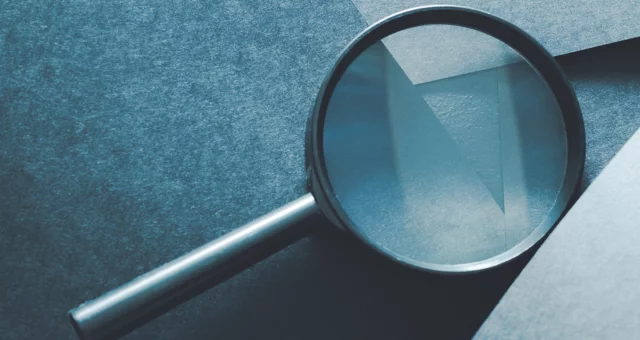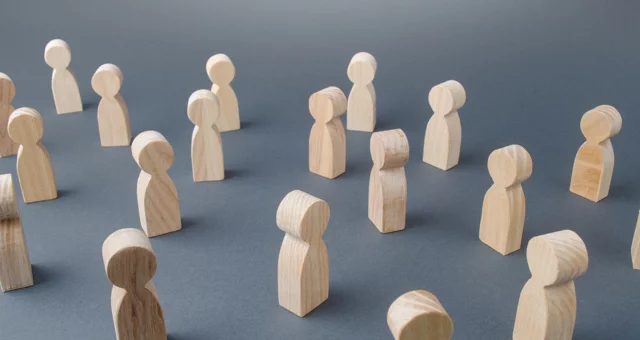Dartmouth men’s basketball players are employees, NLRB Regional Director says
In a February 5 decision, Laura A. Sacks, the Regional Director for Region 01 of the National Labor Relations Board, concluded that the men’s basketball student-athletes for Dartmouth College are employees for purposes of the National Labor Relations Act, the federal law governing labor relations in the private sector.
The decision, although subject to multiple levels of possible appeal, provides the student-athletes with the opportunity to conduct a secret ballot election to decide whether to be represented by a union for purposes of negotiating with Dartmouth concerning the terms and conditions of their supposed employment. The decision could have a profound effect on intercollegiate athletics.
The Road to Dartmouth
Dartmouth is a voluntary member of the National Collegiate Athletics Association, the leading regulatory body for college sports in the United States. The NCAA has more than 1,100 member institutions across Divisions I, II, and III, sponsoring more than 500,000 student-athletes in 24 sports. The NCAA’s Bylaws, as voted on by its member schools, prohibit schools from compensating student-athletes for their play. Instead, student-athletes can generally receive scholarships and other funds for education-related purposes. Moreover, as of July 2021, student-athletes are permitted to earn revenue from their name, image, and likeness through agreements with third parties.
To some, this is not enough. In 2014, football student-athletes at Northwestern University, a private college in Illinois, filed a petition with the NLRB alleging that they should be considered employees for purposes of the NLRA. As in the Dartmouth case, the Regional Director agreed. However, in 2015, the five-member NLRB unanimously reversed, declining to exercise its jurisdiction on the premise that doing so would not have promoted “stability in labor relations.”
Contemporaneous with and since the Northwestern case, the NCAA and its member institutions and conferences have been sued numerous times concerning the effect of NCAA Bylaws on student-athletes, mostly on antitrust grounds.
In 2015, in a case brought by former UCLA basketball player Ed O’Bannon, the U.S. Court of Appeals for the Ninth Circuit affirmed a lower court’s determination that NCAA Bylaws prohibiting student-athletes from monetizing their name, image, and likeness served the pro-competitive benefit of promoting amateurism but could be achieved through a less restrictive alternative – permitting schools to provide scholarships up to the full cost of attendance. Subsequent state legislation concerning NIL rights resulted in the NCAA’s 2021 policy change.
In 2019, in the Alston case, a federal district court ruled that the NCAA’s Bylaws prohibiting direct compensation to student-athletes, i.e., pay-for-play, were permissible under antitrust law, but held that rules limiting compensation for education-related benefits were not. The Ninth Circuit affirmed. The U.S. Supreme Court affirmed the determination concerning education-related benefits but did not address the issue of benefits or compensation unrelated to education, which was not appealed by the student-athletes. The Supreme Court, like the Ninth Circuit before it, went to great pains to distinguish NIL payments from salaries paid to employees.
At the same time, in the Berger and Dawson cases, student-athletes alleged that they should be considered employees for the purposes of the Fair Labor Standards Act and state minimum wage laws. The Seventh Circuit, in 2017, and the Ninth Circuit, in 2019, affirmed the rejection of these claims. (Constangy represented the NCAA in these matters.) Currently pending before the Third Circuit is the NCAA’s appeal in the Johnson case, in which a district court ruled opposite of the decisions in Berger and Dawson. (Constangy represents the NCAA and some two-dozen public and private universities in that case as well.)
Finally, a similar question as that raised in the Dartmouth petition is being litigated before an NLRB administrative law judge in California. There, the NLRB’s regional office has alleged that the University of Southern California, the Pac-12 Conference, and the NCAA have misclassified student-athletes as non-employees under the NLRA. That case was brought after NLRB General Counsel Jennifer Abruzzo issued a non-binding memo in September 2021, opining that student-athletes were employees for purposes of the NLRA.
The Dartmouth petition and decision
In September 2023, all 15 members of the Dartmouth men’s basketball team filed a petition with the NLRB seeking to join the Service Employees International Union, Local 560, which represents numerous categories of Dartmouth employees in negotiations with the school. The Regional Director conducted hearings in October, at which several players, coaches, and Dartmouth personnel testified.
The Regional Director’s 25-page ruling spends considerable time summarizing her factual findings from those hearings. In particular, the Regional Director analyzed the amount of time the student-athletes spent engaged in athletic-related activities and the purported effect of those activities on their academic schedules. Next, the decision reviewed the types of benefits provided to student-athletes, including gear and apparel, tickets, travel, lodging, meals, academic support, counseling, facilities, nutrition, medical treatment, equipment, training, and coaching.
The crux of the Regional Director’s decision is that “because Dartmouth has the right to control the work performed by the men’s varsity basketball team, and because the players perform that work in exchange for compensation, the petitioned-for basketball players are employees within the meaning of the [NLRA].” In support of her holding, the Regional Director cited past cases finding that graduate student research assistants should be considered employees under the NLRA. Further, the Regional Director distinguished the Northwestern case on the grounds that Northwestern was the only private school in the Big Ten Conference, whereas the Ivy League consists entirely of private schools.
The Regional Director acknowledged but did not engage with the fact that her ruling was inconsistent with Berger. In Berger, the Seventh Circuit held that “student-athletes are not employees” of the schools they attend “and are not covered by the FLSA” as a matter of law. Like the Regional Director in the Dartmouth case, the Seventh Circuit acknowledged that “student-athletes spend a tremendous amount of time playing for their respective schools.” However, the court reasoned, “they do so – and have done so for over a hundred years under the NCAA – without any real expectation of earning an income.” Consequently, the activities of student-athletes should not be considered “work” as that term is used in the FLSA.
Further, the Supreme Court noted in Alston that courts should “not blur the distinction between college and professional sports.” For that reason, the Supreme Court recognized that “the NCAA is free to forbid in-kind benefits unrelated to a student’s actual education” and that “courts should take care when assessing the NCAA’s restraints on student-athlete compensation.”
Again, the Regional Director (like General Counsel Abruzzo before her) did not address – let alone attempt to reconcile – these points of law with her reasoning. More specifically, the decision does not explain how a student-athlete can be an “employee” for purposes of the NLRA but not the FLSA. Both statutes define “employee” vaguely and circularly--depending on the common-law test for employment—and courts have regularly recognized that the two statutes, both enacted as part of the New Deal only three years apart, should be interpreted harmoniously. The Regional Director’s decision is thus inconsistent with a vast body of case law.
The fallout
Dartmouth is likely to appeal to the NLRB. However, given its current constitution and recent rulings, the school could anticipate an adverse result. Appeals to a Court of Appeals or the Supreme Court are likely (after a complicated NLRB process). It remains to be seen whether the NLRB will stay the student-athletes’ unionization efforts pending the appeals process.
Either way, it seems likely that student-athletes at other institutions will initiate their own NLRB petitions or lawsuits under federal and state wage and hour laws. Although the focus of their actions is likely to be at the Division I level, schools of all levels can expect to be forced to engage on these issues. Institutions that are not already facing such actions should begin to plan proactively.
Constangy represents employers in all aspects of labor and employment law and cybersecurity, including unionization efforts, matters concerning student-athletes, and sports law generally.






